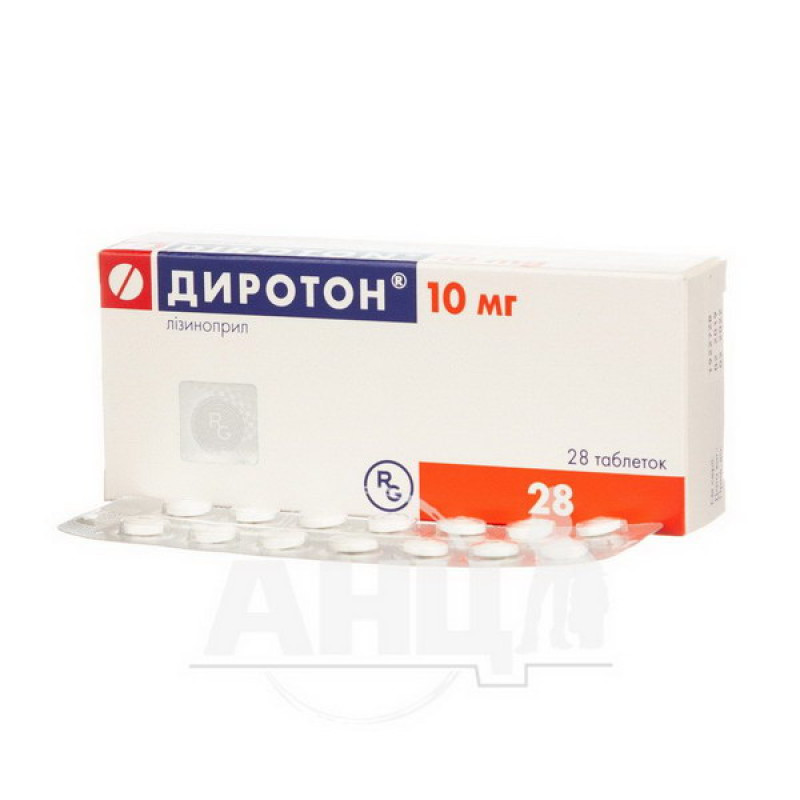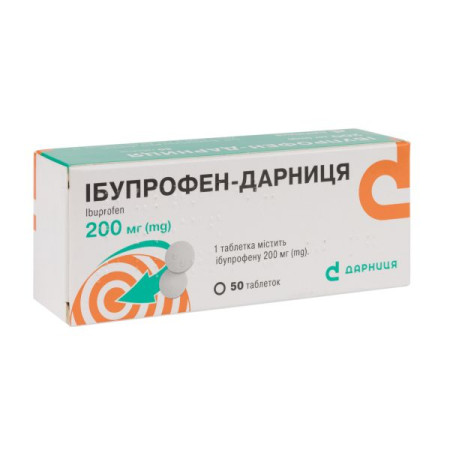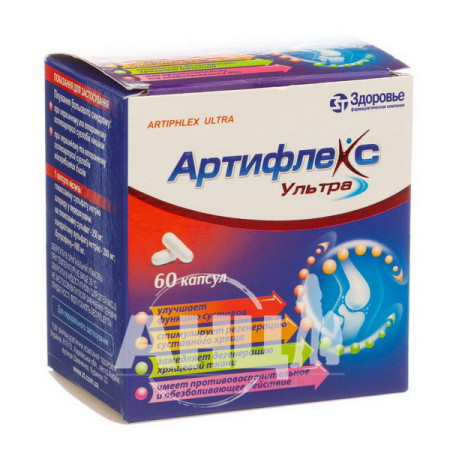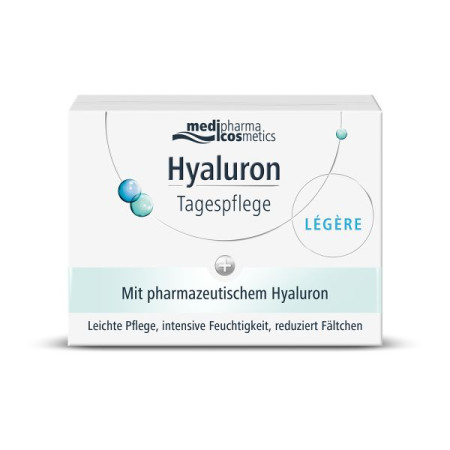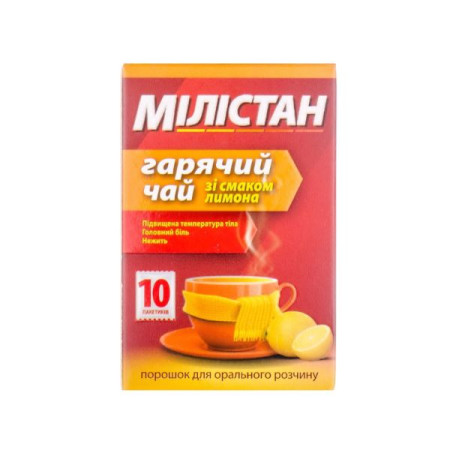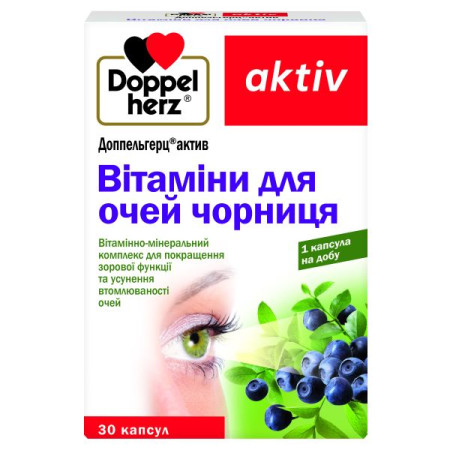Diroton tablets 10 mg blister No. 28
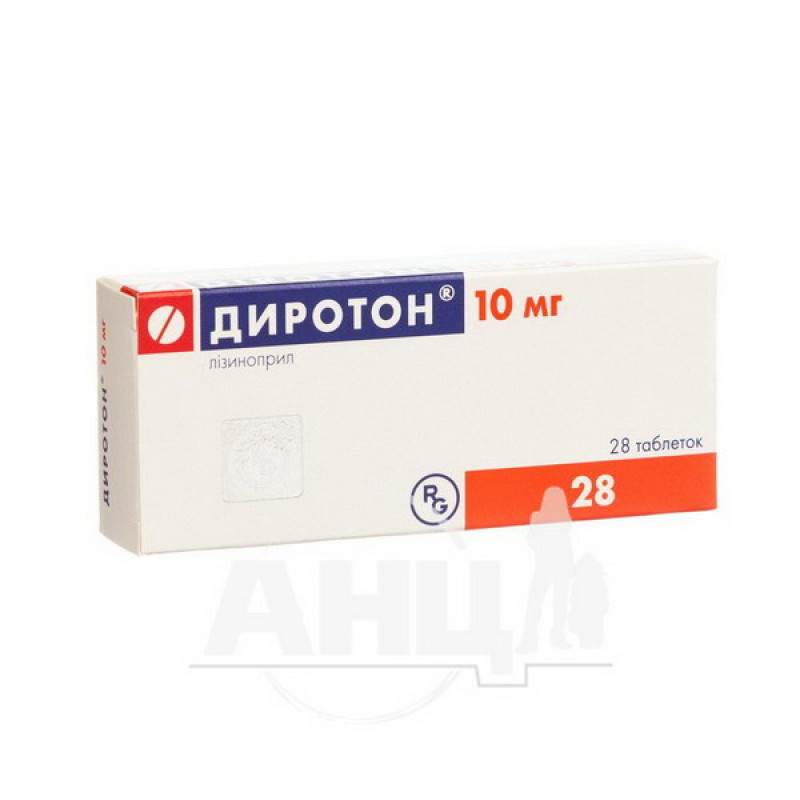
Instructions Diroton tablets 10 mg blister No. 28
Composition
active ingredient: lisinopril;
1 tablet contains 5 mg or 10 mg or 20 mg of lisinopril as lisinopril dihydrate;
excipients: magnesium stearate; talc; mannitol (E 421); corn starch; calcium hydrogen phosphate dihydrate.
Dosage form
Pills.
Main physicochemical properties:
Diroton®, 5 mg tablets:
flat tablets of white or almost white color, round with a bevel, engraved with "5" on one side and a score on the other;
Diroton®, 10 mg tablets:
quadrangular, slightly biconvex tablets of white or almost white color, engraved with "10" on one side and a score line on the other;
Diroton®, 20 mg tablets:
pentagonal biconvex tablets of white or almost white color, engraved with "20" on one side and a score line on the other.
Pharmacotherapeutic group
Angiotensin-converting enzyme (ACE) inhibitors.
ATX code C09A A03.
Pharmacological properties
Pharmacodynamics.
Lisinopril is a peptidyl dipeptidase inhibitor. It inhibits ACE, which catalyzes the conversion of angiotensin I to the vasoconstrictor peptide, angiotensin II. Angiotensin II also stimulates the secretion of aldosterone by the adrenal cortex. Inhibition of ACE leads to a decrease in the concentration of angiotensin II, which leads to a decrease in vasoconstrictor activity and a decrease in aldosterone secretion. The latter decrease may lead to an increase in serum potassium.
Since the mechanism by which lisinopril lowers blood pressure is thought to be primarily through inhibition of the renin-angiotensin-aldosterone system (RAAS), lisinopril lowers blood pressure even in hypertensive patients with low-renin levels. ACE is identical to kininase II, the enzyme that degrades bradykinin. It remains uncertain whether elevated levels of bradykinin, a potent vasodilatory peptide, are important in the therapeutic effects of lisinopril.
In addition to lowering blood pressure, lisinopril reduces albuminuria by altering the histology and hemodynamics of the renal glomerular apparatus. Treatment with lisinopril does not affect glycemic control, as evidenced by the lack of a significant effect on glycosylated hemoglobin (HbA1c) levels.
Agents that affect the renin-angiotensin system (RAS)
It is known that two large randomized controlled trials (ONTARGET (ONgoing Telmisartan Alone and in combination with Ramipril Global Endpoint Trial) and VA NEPHRON-D (The Veterans Affair Nephropathy in Diabetes Study)) studied the use of a combination of an ACE inhibitor with an angiotensin II receptor blocker.
The ONTARGET study was conducted in patients with a history of cardiovascular or cerebrovascular disease or type 2 diabetes mellitus with signs of ischemic organ damage.
The VA NEPHRON-D study enrolled patients with type 2 diabetes and diabetic nephropathy. These studies did not demonstrate a significant benefit on renal and/or cardiovascular outcomes or mortality, and there was a high risk of hyperkalemia, acute kidney injury, and/or hypotension compared to monotherapy.
These results are also applicable to other ACE inhibitors and angiotensin II receptor blockers, given their similar pharmacodynamic properties.
Therefore, ACE inhibitors and angiotensin II receptor blockers should not be used concomitantly in patients with diabetic nephropathy.
It is known that the ALTITUDE study (Aliskiren Trial in Type 2 Diabetes Using Cardiovascular and Renal Disease Endpoints) was conducted to study the beneficial effect of adding aliskiren to standard therapy with an ACE inhibitor or angiotensin II receptor blocker in patients with type 2 diabetes and chronic kidney disease, cardiovascular disease, or both. The study was stopped early due to a high risk of adverse reactions. The incidence of fatal outcomes due to cardiovascular disease and stroke was higher in the aliskiren group than in the placebo group, and adverse reactions, including serious ones (hyperkalemia, hypotension, and renal failure), were reported more frequently in the aliskiren group compared to the placebo group.
It is known that during a clinical study involving 115 children with arterial hypertension aged 6 to 16 years, patients with a body weight of less than 50 kg received 0.625 mg, 2.5 mg or
This effect was confirmed during the withdrawal phase, during which diastolic blood pressure was approximately 9 mm Hg higher in patients randomized to placebo than in patients randomized to medium and high doses of lisinopril. The dose-dependent antihypertensive effect of lisinopril was observed in several demographic subgroups: age, Tanner stage, gender, and race.
Pharmacokinetics.
Lisinopril is an orally active, non-sulfhydryl ACE inhibitor.
Absorption
With oral administration of lisinopril, maximum serum concentrations (Cmax) are reached after approximately 7 hours, although there is a tendency for a slight delay in the time required to reach peak serum concentrations in patients with acute myocardial infarction. Based on the amount excreted in the urine, the average absorption rate of lisinopril is approximately 25% for doses of 5–80 mg. Inter-patient variability can range from 6 to 60%. The absolute bioavailability of lisinopril is reduced to approximately 16% in patients with heart failure. Food intake does not affect the absorption of lisinopril.
Distribution
Lisinopril does not bind to other serum proteins except circulating ACE. Animal studies show that lisinopril does not penetrate the blood-brain barrier well.
Breeding
Lisinopril is not metabolized and is excreted exclusively by the kidneys in the urine unchanged. With multiple dosing, the effective half-life of accumulation is 12.6 hours. The clearance of lisinopril is approximately 50 ml/min in healthy volunteers. The decline in serum concentrations has a prolonged terminal phase, which does not contribute to drug accumulation. This terminal phase probably represents saturated binding to ACE and is not proportional to dose.
Liver dysfunction
Impaired hepatic function in patients with cirrhosis resulted in reduced absorption of lisinopril (approximately 30% as determined by urinary recovery), but due to reduced clearance also resulted in increased exposure (approximately 50%) compared to healthy volunteers.
Kidney dysfunction
Renal impairment reduces the clearance of lisinopril, which is excreted by the kidneys. This reduction is clinically significant only when the glomerular filtration rate is less than 30 ml/min. In mild to moderate renal impairment (creatinine clearance 30-80 ml/min), the mean area under the curve (AUC) increases by only 13%. In severe renal impairment (creatinine clearance 5-30 ml/min), the mean AUC increases by 4.5 times compared to normal. Lisinopril can be removed by dialysis. During 4 hours of hemodialysis, plasma concentrations of lisinopril decreased by an average of 60% with a dialysis clearance of 40-55 ml/min.
Heart failure
Patients with heart failure have a higher exposure to lisinopril compared to healthy subjects (an increase in AUC of 125% on average), but due to urinary excretion of lisinopril, have a reduced absorption of approximately 16% compared to healthy volunteers.
Children
The pharmacokinetic profile of lisinopril was investigated in 29 patients aged 6 to
16 years of age with hypertension and a glomerular filtration rate greater than 30 mL/min/1.73 m2. At doses of 0.1 to 0.2 mg/kg, the steady-state plasma concentration of lisinopril achieved within 6 hours and the extent of absorption based on urinary excretion were approximately 28%. These values were similar to those obtained in adult patients. The AUC and Cmax values in children in this study were consistent with those obtained in adults.
Elderly patients
Elderly patients have higher lisinopril levels; AUC is approximately 60% higher than in young patients.
Indication
Arterial hypertension.
Heart failure (symptomatic treatment).
Acute myocardial infarction (short-term treatment for 6 weeks in hemodynamically stable patients no later than 24 hours after acute myocardial infarction).
Treatment of kidney disease in patients with arterial hypertension, type II diabetes mellitus and initial nephropathy.
Contraindication
Hypersensitivity to the active or auxiliary substances of the drug.
Hypersensitivity to any other ACE inhibitor.
History of angioedema associated with previous treatment with other ACE inhibitors.
Hereditary or idiopathic angioedema.
Pregnant women or women planning to become pregnant (see “Use during pregnancy or breastfeeding”).
Breastfeeding period.
Concomitant use of Diroton® with aliskiren-containing drugs in patients with diabetes mellitus or renal insufficiency (glomerular filtration rate <60 ml/min/1.73 m2).
Concomitant use with sacubitril/valsartan; Diroton® should not be started earlier than 36 hours after the last dose of sacubitril/valsartan (see also sections “Interaction with other medicinal products and other types of interactions” and “Special precautions for use”).
Interaction with other medicinal products and other types of interactions
Taking other antihypertensive drugs (e.g. nitroglycerin and other nitrates or other vasodilators) may enhance the hypotensive effect of Diroton®.
Clinical trial data have shown that dual blockade of the RAAS through the combined use of ACE inhibitors, angiotensin II receptor blockers and aliskiren is associated with a higher incidence of adverse reactions such as hypotension, hyperkalemia and decreased renal function (including acute renal failure) compared with the use of a single RAAS-acting agent (see sections "Pharmacodynamics", "Special warnings and precautions for use" and "Contraindications").
Drugs that may increase the risk of developing angioedema.
Concomitant use of ACE inhibitors with sacubitril/valsartan is contraindicated due to an increased risk of angioedema (see sections "Contraindications" and "Special warnings and precautions for use").
Concomitant use of ACE inhibitors with mammalian target of rapamycin (mTOR) inhibitors (e.g. temsirolimus, sirolimus, everolimus) or neutral endopeptidase inhibitors (e.g. racecadotril) or tissue plasminogen activator or vildagliptin may lead to an increased risk of angioedema (see section 4.4).
Diuretics.
The addition of a diuretic to a patient taking lisinopril generally enhances the hypotensive effect.
Patients taking diuretics, especially those newly initiated on them, may experience an excessive decrease in blood pressure after initiating therapy with lisinopril. The likelihood of symptomatic hypotension due to lisinopril can be reduced by discontinuing the diuretic before initiating therapy with lisinopril (see sections 4.4 and 4.2).
Potassium-sparing diuretics, dietary supplements or salt substitutes containing potassium, and other drugs that may increase plasma potassium levels
Although serum potassium is usually within normal limits, hyperkalaemia may occur in some patients treated with lisinopril. Potassium-sparing diuretics (such as spironolactone, triamterene or amiloride), dietary supplements or salt substitutes containing potassium may lead to significant increases in serum potassium, especially in patients with impaired renal function. Caution should be exercised when lisinopril is administered concomitantly with other drugs that increase serum potassium, such as trimethoprim and co-trimoxazole (trimethoprim/sulfamethoxazole), as trimethoprim is known to have a similar effect to potassium-sparing diuretics such as amiloride. Therefore, concomitant administration of lisinopril with the above-mentioned drugs is not recommended. If concomitant use is necessary, the drugs should be used with caution and with periodic monitoring of serum potassium (see section "Special warnings and precautions for use").
Cyclosporine: Concomitant use of ACE inhibitors and cyclosporine may lead to hyperkalemia. Monitoring of serum potassium is recommended.
Heparin: Concomitant use of ACE inhibitors and heparin may lead to hyperkalemia. Monitoring of serum potassium is recommended.
If lisinopril is used with potassium-losing diuretics, diuretic-induced hypokalemia may be attenuated.
Nonsteroidal anti-inflammatory drugs (NSAIDs), including acetylsalicylic acid at a dosage of ≥3 g/day
When ACE inhibitors are used simultaneously with NSAIDs (for example, acetylsalicylic acid as an anti-inflammatory drug, COX-2 inhibitors and non-selective NSAIDs), a weakening of the antihypertensive effect is possible. The simultaneous use of ACE inhibitors and NSAIDs may lead to a deterioration in renal function, there is also a possibility of developing acute renal failure and an increase in serum potassium, especially in patients with a history of impaired renal function. Such effects are usually reversible. Such a combination should be prescribed with caution, especially in elderly patients. Patients should receive an adequate volume of fluid, in addition, the need for monitoring renal function should be considered immediately after the start of combination therapy and periodically thereafter.
Acetylsalicylic acid, thrombolytic drugs, beta-blockers, nitrates
Lisinopril can be used concomitantly with acetylsalicylic acid (in cardiological doses), thrombolytic drugs, beta-blockers and/or nitrates.
Lithium
Reversible increases in serum lithium concentrations and toxic reactions have been reported with concomitant use of lithium and ACE inhibitors. Concomitant use of thiazide diuretics may increase the risk of lithium toxicity and may potentiate existing toxicity with ACE inhibitors. The use of lisinopril with lithium is not recommended, but if the combination proves necessary, serum lithium levels should be closely monitored (see section 4.4).
Concomitant use of antidiabetic agents (insulin, oral hypoglycaemic agents) with ACE inhibitors may lead to an increased blood glucose lowering effect with a risk of hypoglycaemia. This phenomenon is generally more likely to occur during the first week of combined treatment and in patients with renal insufficiency.
Sympathomimetics
Sympathomimetics may reduce the antihypertensive effect of ACE inhibitors.
Tricyclic antidepressants, neuroleptics, anesthetics
Concomitant administration of tricyclic antidepressants, neuroleptics or anesthetics may enhance the hypotensive effect of Diroton® (see section "Special instructions").
Gold
Nitritoid reactions (symptoms of vasodilation including flushing, nausea, dizziness and hypotension, which may be severe) following gold injections (e.g. sodium aurothiomalate) are more common in patients receiving concomitant ACE inhibitors.
Tissue plasminogen activators
Concomitant use with tissue plasminogen activators may increase the risk of angioedema.
Application features
Symptomatic hypotension
Symptomatic hypotension is less common in patients with uncomplicated hypertension. In hypertensive patients taking lisinopril, hypotension is more likely to occur in patients who have been volume-depleted by diuretic therapy or a salt-restricted diet, dialysis, diarrhoea or vomiting, and in patients with severe renin-dependent hypertension (see also sections 4.5 and 4.8). Symptomatic hypotension has been reported in patients with symptomatic heart failure, with or without renal insufficiency. Symptomatic hypotension is more likely to occur in patients with more severe heart failure, with high doses of loop diuretics, with hyponatraemia or with functional renal insufficiency. Initiation of therapy and dose adjustment should be carefully monitored in patients at increased risk of symptomatic hypotension. This also applies to patients with ischemic heart disease or cerebrovascular disease, in whom excessive reduction of blood pressure could lead to myocardial infarction or cerebrovascular accident.
If hypotension occurs, the patient should be placed in a horizontal position (as a mandatory measure), and intravenous fluid administration (saline solution) is recommended if necessary. Transient hypotension is usually not a contraindication to further use of the drug. Further treatment is usually without complications after normalization of blood pressure by increasing blood volume.
Some heart failure patients with normal or low blood pressure may experience an additional decrease in blood pressure when taking lisinopril. This effect is expected and is not usually a reason for discontinuation of treatment. If hypotension becomes symptomatic, a dose reduction or discontinuation of Diroton® may be necessary.
In the event of acute myocardial infarction, lisinopril should not be used if treatment with vasodilators could worsen the patient's hemodynamic status (e.g., if systolic blood pressure is 100 mm Hg or lower) or in the event of cardiogenic shock. If systolic blood pressure is 120 mm Hg or lower, low doses should be used for the first 3 days after the infarction. Maintenance doses should be reduced to 5 mg or temporarily to 2.5 mg if systolic blood pressure is 100 mm Hg or lower. If hypotension persists (systolic blood pressure less than 90 mm Hg for more than 1 hour), treatment with this drug should be discontinued.
Aortic and mitral valve stenosis/hypertrophic cardiomyopathy
As with all ACE inhibitors, lisinopril should be administered with caution to patients with mitral valve stenosis or left ventricular outflow obstruction such as aortic stenosis or hypertrophic cardiomyopathy.
Renal impairment In patients with renal impairment (creatinine clearance < 80 ml/min), the initial dose of lisinopril should be adjusted according to creatinine clearance (see Table 1 in the Dosage and Administration section) and clinical response to treatment. Routine monitoring of serum potassium and creatinine is part of standard medical practice in these patients.
Some patients with bilateral renal artery stenosis or stenosis of the artery to a solitary kidney have developed increases in blood urea and serum creatinine during treatment with ACE inhibitors, which usually return to normal after discontinuation of treatment. This is particularly likely in patients with renal insufficiency. In the presence of renovascular hypertension, there is an increased risk of severe hypotension and renal insufficiency. Treatment of such patients should be initiated under close medical supervision with low doses and with careful titration of the dose. Since diuretic treatment is an additional risk factor, their use should be discontinued, and renal function should be monitored during the first weeks of treatment with lisinopril.
Some hypertensive patients without underlying renal vascular disease have developed increases in blood urea and serum creatinine, usually minor and transient, particularly when lisinopril is given concomitantly with diuretics. This may occur primarily in patients with pre-existing renal impairment. Dosage reduction and/or discontinuation of the diuretic and/or lisinopril may be necessary.
Treatment should not be initiated in patients with acute myocardial infarction or in patients with evidence of renal impairment (serum creatinine > 177 μmol/l and/or albuminuria > 500 mg/24 hours). If renal impairment develops during treatment (serum creatinine > 265 μmol/l or twice the baseline value), the physician should consider discontinuing treatment.
Hypersensitivity, angioedema
Rare cases of angioedema of the face, extremities, lips, tongue, pharynx and/or larynx have been reported in patients treated with ACE inhibitors, including lisinopril. This may occur at any time during treatment. In such cases, the drug should be discontinued immediately, the patient should receive appropriate treatment and be kept under medical supervision until the symptoms have completely resolved. In cases where the swelling is localized to the tongue and does not cause respiratory distress, the patient may require prolonged observation, as antihistamines and corticosteroids may not be sufficient.
Very rarely, angioedema associated with laryngeal or tongue oedema may be fatal. If the oedema involves the tongue, glottis or larynx, respiratory distress may occur, particularly in patients who have previously undergone surgery on the respiratory tract. In such cases, emergency treatment should be initiated immediately. This may include the administration of adrenaline and/or the maintenance of a patent airway. The patient should be kept under close medical supervision until complete and sustained resolution of symptoms.
ACE inhibitors may cause more severe angioedema in patients of black race than in patients of other races.
Patients with a history of angioedema unrelated to ACE inhibitor use may be at increased risk of developing angioedema in response to this class of drugs (see section 4.3).
Concomitant use of ACE inhibitors with sacubitril/valsartan is contraindicated due to an increased risk of angioedema. Sacubitril/valsartan should not be initiated earlier than 36 hours after the last dose of lisinopril. Lisinopril should not be initiated earlier than 36 hours after the last dose of sacubitril/valsartan (see sections 4.3 and 4.5).
Concomitant use of ACE inhibitors with racecadotril, mTOR inhibitors (e.g. sirolimus, everolimus, temsirolimus) and vildagliptin may lead to an increased risk of angioedema (e.g. swelling of the airways or tongue with or without respiratory distress) (see section 4.5). Caution should be exercised when initiating treatment with racecadotril, mTOR inhibitors and vildagliptin in patients already taking ACE inhibitors.
Hemodialysis
Anaphylactoid reactions have been reported in patients dialyzed with high-flux polyacrylonitrile membranes (e.g. AN 69) and concomitantly treated with ACE inhibitors. This combination should be avoided and consideration should be given to using a different type of dialysis membrane or a different class of antihypertensive agent.
Low-density lipoprotein (LDL) apheresis.
Life-threatening anaphylactoid reactions (such as profound hypotension, respiratory distress, vomiting, allergic skin reactions) have rarely occurred in patients receiving ACE inhibitors during LDL apheresis with dextran sulfate. These reactions have been avoided by temporarily stopping ACE inhibitors before each apheresis.
Patients receiving ACE inhibitors during desensitization therapy (e.g., to hymenoptera venom) have developed persistent anaphylactoid reactions. These reactions have been avoided in such patients by temporarily discontinuing ACE inhibitors, but the reactions have recurred after inadvertent rechallenge.
Neutropenia/agranulocytosis
Neutropenia/agranulocytosis, thrombocytopenia and anemia may develop during treatment with ACE inhibitors. Neutropenia has been rarely observed in patients with normal renal function and in the absence of other complications. Neutropenia and agranulocytosis resolved after discontinuation of ACE inhibitor treatment. Diroton® should be used with particular caution in patients with collagen vascular disease (e.g., systemic lupus erythematosus or scleroderma), during concomitant immunosuppressive therapy (e.g., corticosteroids, cytotoxic agents, antimetabolites), allopurinol or procainamide, or a combination of these complicating factors, especially in the presence of impaired renal function. The use of ACE inhibitors in such patients may be accompanied by the development of particularly severe infections, which in some cases do not respond to intensive antibiotic treatment.
In such patients, the level of leukocytes in the blood should be checked periodically during treatment with Diroton®, and the patient should also be warned about the need to report the occurrence of any signs of infections.
Ethnic characteristics (race).
ACE inhibitors cause angioedema more frequently in black patients than in non-blacks. As with other ACE inhibitors, lisinopril may be less effective in lowering blood pressure in black patients than in non-blacks because of a higher proportion of blacks with low-renin hypertension.
Liver failure
Very rarely, ACE inhibitors have been associated with a syndrome that begins with cholestatic jaundice and progresses rapidly to fulminant necrosis and (sometimes) death. The underlying cause of this process is unknown.
If patients taking Diroton® develop jaundice or marked elevations in liver enzymes, the drug should be discontinued and appropriate medical care should be provided.
Dual blockade of RAAS
There is evidence that the concomitant use of ACE inhibitors, angiotensin II receptor blockers and aliskiren increases the risk of hypotension, hyperkalaemia and decreased renal function (including acute renal failure). Therefore, dual blockade of the RAAS through the combined use of ACE inhibitors, angiotensin II receptor blockers and aliskiren is contraindicated (see sections 5.1 and 5.5).
If the use of dual blockade is considered absolutely necessary, it should only be done under specialist supervision and with frequent and careful monitoring of renal function, electrolytes and blood pressure. ACE inhibitors and angiotensin II receptor blockers should not be used concomitantly in patients with diabetic nephropathy.
Hyperkalemia
ACE inhibitors may cause hyperkalemia because they inhibit aldosterone secretion. This effect is usually clinically insignificant in patients with normal renal function. However, hyperkalemia may develop in patients with impaired renal function, diabetes mellitus and/or in patients taking potassium supplements (including salt substitutes), potassium-sparing diuretics (such as spironolactone, triamterene or amiloride), and in patients taking drugs that can increase serum potassium levels (such as heparin, trimethoprim or the combination drug co-trimoxazole known as trimethoprim/sulfamethoxazole and especially aldosterone antagonists or angiotensin receptor blockers). Potassium-sparing diuretics and angiotensin receptor blockers should be used with caution in patients receiving ACE inhibitors. If concomitant use of the above-mentioned drugs is necessary, it is recommended to regularly monitor serum potassium and renal function (see section "Interaction with other medicinal products and other types of interactions").
Cough
Cough has been reported during treatment with ACE inhibitors. The cough is usually dry, nonproductive, persistent and resolves after discontinuation of treatment. Cough caused by ACE inhibitors should be considered as part of the differential diagnosis of cough.
Surgery/anesthesia
In patients undergoing surgery and those receiving antihypertensive agents during anaesthesia, lisinopril may block the formation of angiotensin II due to compensatory renin release. If hypotension occurs, which is thought to be due to this mechanism, treatment may be by increasing the circulating blood volume.
Diabetes mellitus
Closer monitoring of glucose levels is required during the first month of treatment with ACE inhibitors in addition to previous treatment with insulin or oral hypoglycemic agents (see section “Interaction with other medicinal products and other types of interactions”).
The combination of lithium and lisinopril is generally not recommended (see section “Interaction with other medicinal products and other types of interactions”).
Use during pregnancy or breastfeeding
Pregnancy period.
The drug is contraindicated for use in pregnant women or women planning to become pregnant. If pregnancy is confirmed during treatment with this drug, its use should be discontinued immediately and, if necessary, replaced with another drug approved for use in pregnant women (see section "Contraindications").
Breastfeeding period.
Since there is no information on the use of lisinopril during breastfeeding, taking lisinopril during this period is contraindicated.
Ability to influence reaction speed when driving vehicles or other mechanisms
When driving or operating machinery, the possibility of dizziness or fatigue should be taken into account.
Method of administration and doses
Dosage should be individualized according to the patient's disease and blood pressure response. Take orally once daily, at the same time each day, without regard to meals.
A dose of 2.5 mg can be obtained by dividing a Diroton® 5 mg tablet into two halves.
Arterial hypertension
Diroton® can be used as monotherapy or in combination with other classes of antihypertensive agents.
Initial dose. The recommended initial dose is usually 10 mg. In patients with a very active RAAS (especially in renovascular hypertension, sodium and/or dehydration, cardiac decompensation or severe hypertension), an excessive decrease in blood pressure may occur after the first dose. Therefore, at the beginning of treatment, such patients should be under medical supervision, the recommended initial dose is 2.5-5 mg. Patients with renal insufficiency also need to reduce the initial dose (see Table 1 below).
Maintenance dose. The usual effective maintenance dose is 20 mg once daily. If the desired therapeutic effect is not achieved after 2-4 weeks of use of the prescribed dose, the dose may be increased. The maximum daily dose should not exceed 80 mg.
If possible, patients taking diuretics should discontinue these drugs 2-3 days before starting lisinopril therapy. If this is not possible, the initial dose of lisinopril should not exceed 5 mg/day. Renal function and serum potassium should be monitored. Subsequent doses of Diroton® should be adjusted according to blood pressure response. Diuretic therapy may be resumed if necessary.
Symptomatic hypotension may occur after initiation of treatment with lisinopril. This is more likely in patients receiving diuretics during treatment with lisinopril. Since dehydration and/or excess sodium excretion may occur in these patients, the drug should be used with caution.
Patients with renal failure.
Dosage for patients with renal impairment should be based on creatinine clearance as shown in Table 1 below.
Dosage selection for patients with renal insufficiency
Table 1
| Creatinine clearance (ml/min) | Starting dose (mg/day) |
| 31-80 | 5-10 |
| 10-30 | 2.5-5 |
| <10 (including dialysis patients)* | 2.5* |
*dosage and/or frequency of administration should be calculated based on blood pressure response.
The dose can be gradually increased until blood pressure normalizes, or until the maximum dose of 40 mg/day is reached.
Use in children with arterial hypertension aged 6 to 16 years.
The recommended starting dose is 2.5 mg/day for patients weighing 20 to 50 kg and 5 mg/day for patients weighing ≥ 50 kg. The dose should be adjusted individually to a maximum of 20 mg/day for patients weighing 20 to 50 kg and up to 40 mg/day for patients weighing ≥ 50 kg.
≥ 50 kg. Doses above 0.61 mg/kg (or exceeding 40 mg) have not been studied in children (see section 5.1).
There are no reviews for this product.
There are no reviews for this product, be the first to leave your review.
No questions about this product, be the first and ask your question.






